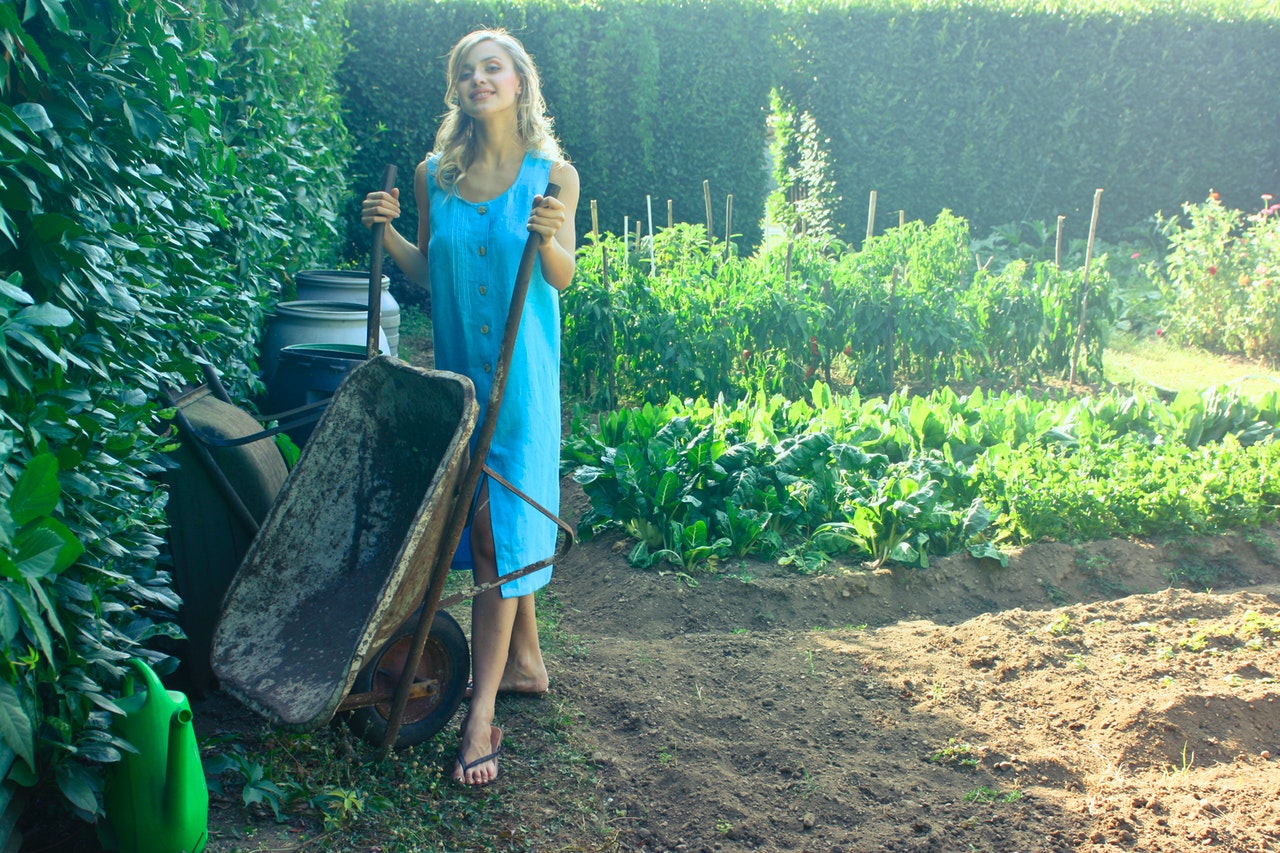
How Regenerative Farming Could Save the Planet (Yes, really)
The thing about medicine is that it is inextricably linked to so many other facets of life.
People think that medicine and doctors have nothing to do with farming, grocery stores, sports, and more.
In fact, nothing could be further from the truth.
Doctors should be less familiar to you than the farmer you purchase food from.
Sadly, that’s not the case, and why I’m writing about regenerative farming (regenerative agriculture) today.
I believe that if Americans turned to support food manufacturers who practice regenerative farming/agriculture, and got to know who made their food then things could change dramatically when it comes to the quality of lives people live as well as increasing life expectancy.
Sadly, this is not the direction our nation, or the world at large is headed.
In fact, people like Bill Gates (now the largest private owner of farmland in America) Klauss Schwab (chair of the World Economic forum), and more are trying their best to eliminate the advancement of regenerative farming and are effectively pushing for global reliance on manufactured foods.
That is absolutely tragic, especially when you consider how helpful regenerative farming is for human health and the health of the world we live in.
Again, as a believer in God and a follower of Christ, I believe it’s our responsibility to be good stewards of the world we live in.
And that means making conscious and informed decisions to eat in a way that honors His creation.
Even if you don’t believe what I believe in regards to religion, I know you’ll agree we’re at a place in history where the world seems like it could fall apart at the seams. Which is why I couldn’t be more excited about the promises of regenerative farming.
What Exactly Is Regenerative Farming (regenerative agriculture)?
Regenerative farming is not a “new” thing.
People have been practicing variations of regenerative agriculture for eons.
Although, there are some aspects of the current movement that employ a modern understanding of how animal and plant life cycles work that make it “better” than how things used to be.
Essentially, regenerative farming is allowing plants and animals to exist in the same location and allowing animals to graze their way through land and eat sustainably and then plant crops behind them.
It also focuses on using plants as a major driver of sequester carbon in the soil (as opposed to being released into the atmosphere) which helps to improve the nutrient quality of soil health, enhances crop yields, and decreases erosion
This helps to do a number of things.
It helps to provide much more nutritious plant-based foods.
And it also ends up producing animals who have much better nutritional profiles.
A recent study that the journal PeerJ Life & Environment released in January 2022 showed that this kind of farming truly is transformative for the planet:
They showed that:
- No-till regenerative vegetables had more phytonutrients.
- Regenerative agriculture practices — namely minimal or no-tilling, cover crops, and crop rotation — increased nutrient density in soil and boosted soil health. Based on the metrics used to compare farms, regenerative soil was seven times healthier and had higher levels of several minerals and vitamins, including B vitamins, calcium, vitamin K, copper, phosphorus, vitamin E, and more.
- No-till wheat crops contained more micronutrients than conventionally tilled wheat.
- Regenerative farm meat, specifically pork and beef, had way more omega-3s and a better omega-6 to omega-3 ratio.
Now on the surface, those kinds of improvements seem pretty significant.
And they really are… especially when you consider how bad conventional farming has been for the world.
Plenty of people believe that the way farming is done now is OK.
But the status quo is hardly ever something to aspire to, and conventional farming/agriculture is arguably one of the most destructive forces on the planet.
In fact, it contributes to:
- A significant portion of the greenhouse gasses being emitted on a daily basis.
- The emerging “post-antibiotic” crisis
- Decreased soil quality globally
- Increased exposure for billions of people to known carcinogens and endocrine disruptors
- Nutritionally inferior foods
- Rampant destruction of the environment through erosion
- The proliferation of “dirty water” filled with toxic chemicals
And so much more.
Regenerative farming alleviates most of this.
Plus, one other thing that regenerative farming/agriculture does is it places the value of people and animal/plant-husbandry above profits.
I’m not sitting here and saying successful companies shouldn’t make money, but when you consider how destructive some of the larger corporations are…from mistreatment of workers, the coercing of farmers to live in a form of modern slavery, filling foods with dangerous chemicals and more…
It becomes quite clear that regenerative farming has to be something we turn to if we simply want to survive!
And the good news in all of this is there are thousands upon thousands of people nationwide who are taking up the call to help transform how farming is done and they are taking it upon themselves to buy a little bit of land and start practicing regenerative farming.
Would you like to do it?
You can, especially if you’re sitting on a few acres of land.
https://www.greenamerica.org/ has an article on what people like you and I (even doctors should consider doing this) to help advance regenerative farming practices.
Here are a few of those things:
- Create a Climate Victory Garden at home or in your community garden.
- Buy regenerative organic, biodynamic, or organic whenever you can. (This means seeking out local farms to buy from as well as going to Farmer’s markets.)
- Ask farmers, food companies, and retailers if the products they sell are rebuilding soil health and sequestering carbon. Everyone in the food system needs to hear that consumers care! Here are some questions to ask:
- Ask farmers: Do you know if cover crops, crop rotations, and low tillage were used to grow this food? (If they don’t, send them to Green America’s explanatory page (or this page!) to get them started.)
- Ask food companies and retailers: Do you require the producers who make your products to report to you on their soil health and carbon sequestration progress? (If they don’t, send them to our Soil Carbon Initiative director at SCI@greenamerica.org.)
- Beginning practices include using cover crops, reducing tilling, rotating crops, spreading compost (as well as super-compost “inoculants”), and moving away from synthetic fertilizers, pesticides, herbicides, and factory farming.
And when it comes to knowing if farmers are practicing these kinds of regenerative practices you can gauge how well they’re doing by checking out these levels again, from GreenAmerica.org.
-
Level 1: Beginning practices include using cover crops, reducing tilling, rotating crops, spreading compost (as well as super-compost “inoculants”), and moving away from synthetic fertilizers, pesticides, herbicides, and factory farming.
- Level 2: More advanced farming practices include growing multi-species cover crops, integrating animals and crops, and introducing more trees and other perennial crops. Other advanced practices include silvopasture (the intentional combination of trees, forage plants, and livestock together as an integrated, intensively managed system) and agroforestry (the restoration of trees and tree crops on farms).
- Level 3: More advanced ranching practices include using adaptive multi-paddock (AMP) grazing, which uses high livestock densities for short durations between long periods for the land to rest and grow diverse grasses.
Many of us here at Robinhood Integrative Health and Health As It Ought To Be are making conscious decisions in our daily lives to try and adapt our behaviors towards supporting this way of life
To see a pretty cool film from Doctor Zach Bush on the merits of this way of farming, click here or on the image below to watch something called Farmer’s Footprint.




